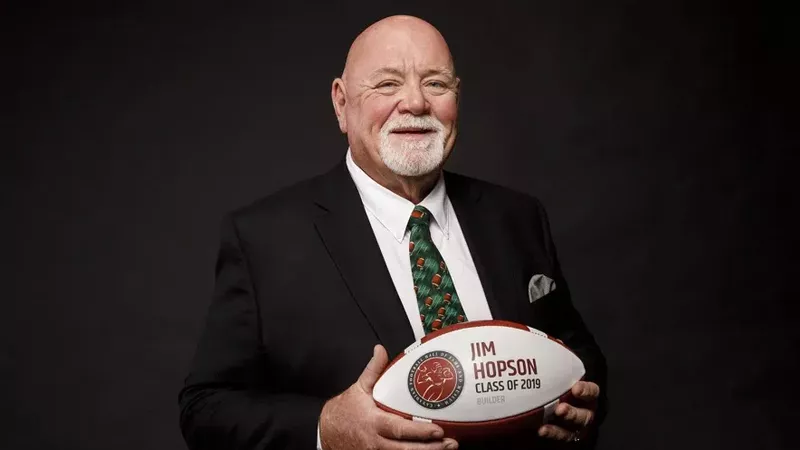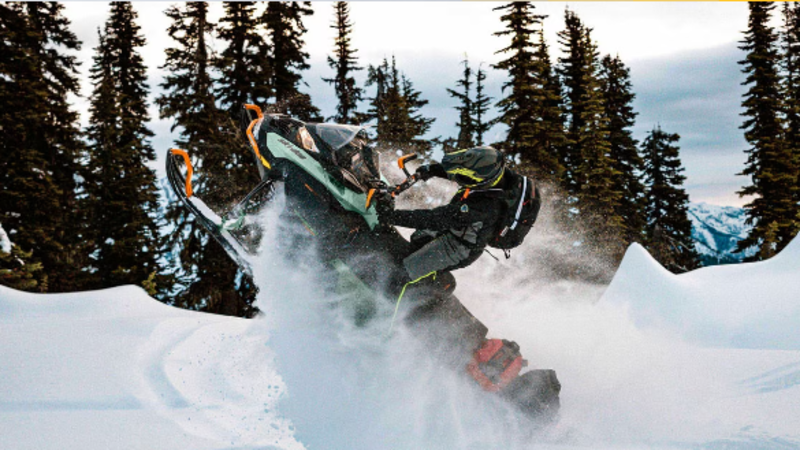
Former Roughrider CEO Jim Hopson dead at 73
Jim Hopson, who helped turn the Saskatchewan Roughriders into the CFL’s flagship franchise, died Tuesday after a battle with cancer.
He was 73.
Hopson was diagnosed with Stage 4 colon cancer in April of 2021. When he spoke on The Evan Bray Show on Jan. 26 of this year, Hopson said the battle hadn’t affected his outlook on life.
“I’m still very much appreciative of the life I’ve had,” he said. “I feel like I’m blessed — my friends, my family, I’m proud of my education career and the things we were able to do with the Riders …


